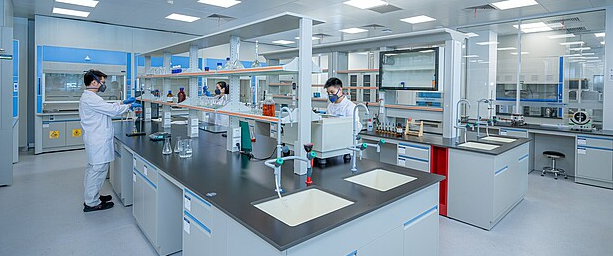Hydroxypropyl Methylcellulose (HPMC) is a versatile polymer widely used in various industries, including pharmaceuticals, food, cosmetics, and construction. Its unique properties make it an excellent candidate for applications such as controlled drug release, thickening agents, film coating, and construction materials. In this article, we will delve into the dissolution method of HPMC, exploring its significance, techniques, and applications. Understanding the dissolution method of HPMC is crucial for optimizing its performance and achieving desired outcomes in different fields.
Significance of HPMC dissolution
The dissolution of HPMC refers to the process of dispersing and dissolving the polymer in a liquid medium. This step is critical as it determines the release rate, bioavailability, and performance of HPMC-based products. The dissolution behavior of HPMC depends on various factors, including the grade of HPMC, particle size, temperature, pH, and the nature of the medium. By studying the dissolution method, researchers and manufacturers can evaluate the solubility, release kinetics, and overall performance of HPMC formulations, leading to enhanced product development and optimization.
Techniques for HPMC dissolution
Several techniques are employed for studying the dissolution behavior of HPMC. The most commonly used methods include:
a. Apparatus I (Basket apparatus): This method involves placing a sample of HPMC in a mesh basket, which is then immersed in a dissolution medium while being stirred. This technique is often used for immediate-release formulations and provides valuable information on the dissolution rate and release profile of HPMC.
b. Apparatus II (Paddle apparatus): In this method, the sample is placed in a dissolution vessel, and a paddle is used to agitate the medium. This technique is suitable for both immediate-release and extended-release formulations, providing insights into the dissolution rate and release kinetics of HPMC.
c. Apparatus III (Reciprocating cylinder apparatus): This technique involves placing the sample in a reciprocating cylinder, which moves back and forth in the dissolution medium. This method is commonly used for studying HPMC-based extended-release formulations and provides information on the release rate and drug diffusion behavior.
d. Apparatus IV (Flow-through cell apparatus): This method is primarily employed for studying HPMC-based transdermal patches or membranes. The sample is mounted between two compartments, and the dissolution medium is allowed to flow through the sample, simulating the drug release across the membrane.
Applications of HPMC dissolution method
The dissolution method of HPMC finds extensive applications in various industries:
a. Pharmaceutical industry: HPMC is widely used as a matrix polymer for controlled drug release formulations. The dissolution method helps determine the release rate, drug diffusion behavior, and release mechanism of HPMC-based tablets, capsules, and pellets. This information is crucial for optimizing drug delivery and ensuring consistent and predictable therapeutic outcomes.
b. Food industry: HPMC is utilized as a thickening and stabilizing agent in food products such as sauces, dressings, and beverages. The dissolution method assists in understanding the hydration and solubility characteristics of HPMC in different food matrices, contributing to improved texture, stability, and sensory attributes of the final products.
c. Cosmetics industry: HPMC is employed in cosmetics and personal care products as a film-forming agent, emulsion stabilizer, and viscosity modifier. The dissolution method helps evaluate the solubility and film-forming properties of HPMC, ensuring the desired product texture, spreadability, and shelf-life stability.


